Home>Home Appliances>Home Automation Appliances>How Does The Thermostat Know The Temperature
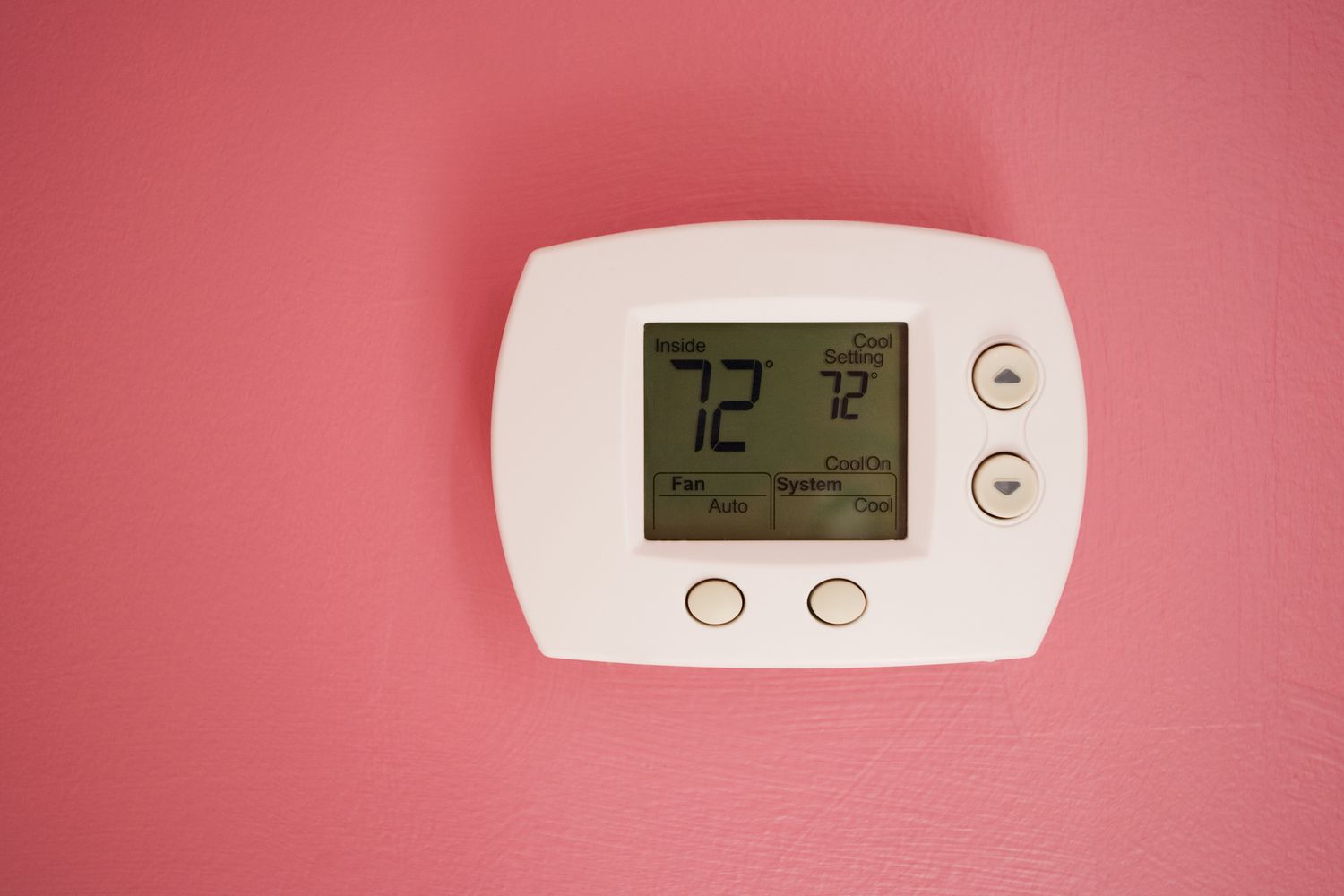

Home Automation Appliances
How Does The Thermostat Know The Temperature
Modified: February 24, 2024
Learn how home automation appliances use thermostats to regulate temperature and create a comfortable environment. Find out how the thermostat senses and adjusts the temperature in your home.
(Many of the links in this article redirect to a specific reviewed product. Your purchase of these products through affiliate links helps to generate commission for Storables.com, at no extra cost. Learn more)
**
Introduction
**
Welcome to the fascinating world of thermostats, where technology meets comfort to create the optimal environment within our homes. Have you ever wondered how your thermostat seems to know the exact temperature of your living space? In this article, we will embark on a journey to unravel the mysteries behind the functionality of thermostats, exploring the intricacies of their design and the science that allows them to regulate indoor temperatures with such precision.
Thermostats play a crucial role in maintaining a comfortable and consistent climate within our homes, ensuring that we can relax, work, and sleep in an environment that suits our preferences. Understanding how these devices operate not only satisfies our curiosity but also empowers us to make informed decisions when selecting and utilizing them.
So, let's delve into the heart of thermostat technology, uncovering the fundamental principles that enable these devices to perceive, analyze, and respond to the ambient temperature, ultimately contributing to our well-being and comfort.
Key Takeaways:
- Thermostats use sensors like bimetallic strips and thermistors to measure temperature and adjust heating or cooling systems, ensuring our homes stay comfortable.
- Smart thermostats with Wi-Fi connectivity and learning capabilities optimize energy usage and offer remote access, making them convenient and eco-friendly choices for modern homes.
The Basics of Thermostats
Before delving into the intricacies of thermostat functionality, it’s essential to grasp the fundamental principles that underpin these devices. At its core, a thermostat serves as a temperature-regulating mechanism, allowing individuals to set and maintain their desired indoor climate. Whether it’s a sweltering summer day or a chilly winter evening, the thermostat acts as the guardian of comfort, ensuring that the ambient temperature remains within the specified range.
Thermostats come in various forms, ranging from traditional analog models to state-of-the-art smart thermostats equipped with advanced features. Regardless of their design, all thermostats share the common goal of monitoring and adjusting indoor temperatures to align with the user’s preferences.
One of the key components of a thermostat is its user interface, which enables individuals to input their desired temperature settings. This interface may consist of simple dials and buttons on traditional thermostats or sleek touchscreens on modern digital models. Additionally, many smart thermostats offer remote access through smartphone applications, allowing users to control their home’s climate settings from anywhere with internet connectivity.
Furthermore, thermostats are equipped with sensors that detect the current temperature of the surrounding environment. These sensors serve as the eyes and ears of the thermostat, continuously monitoring the indoor climate to ensure that it aligns with the user’s preferences. Once the temperature deviates from the set parameters, the thermostat initiates the necessary adjustments to restore the ideal conditions.
Understanding the basic components and functions of thermostats provides a solid foundation for comprehending their inner workings. With this knowledge in hand, we can now explore the diverse types of thermostats and the mechanisms through which they measure and regulate temperature.
Types of Thermostats
Thermostats come in various types, each tailored to meet specific user preferences and technological requirements. Understanding the distinctions between these types is crucial for selecting the most suitable thermostat for a particular setting. Let’s explore the common categories of thermostats and their unique characteristics:
- Analog Thermostats: These traditional thermostats feature a simple dial or slider mechanism for setting the desired temperature. Analog thermostats are straightforward in design and function, making them a cost-effective option for basic temperature regulation.
- Digital Thermostats: Digital thermostats have gained popularity for their enhanced precision and user-friendly interfaces. With clear digital displays and intuitive controls, these thermostats offer precise temperature adjustments and often include programmable scheduling features for added convenience.
- Programmable Thermostats: This type of thermostat allows users to set temperature schedules based on their daily routines. By programming different temperature settings for specific times of the day, users can optimize energy efficiency and comfort without manual adjustments.
- Smart Thermostats: Leveraging cutting-edge technology, smart thermostats offer advanced features such as Wi-Fi connectivity, smartphone integration, and learning capabilities. These thermostats can adapt to users’ preferences over time, optimize energy usage, and provide remote access for temperature control, offering unparalleled convenience and energy efficiency.
- Touchscreen Thermostats: Equipped with sleek touchscreen interfaces, these thermostats provide a modern and intuitive user experience. Users can navigate through temperature settings and additional features with ease, enhancing the overall interaction with the device.
Each type of thermostat caters to specific user needs, from basic temperature regulation to advanced energy management and remote accessibility. By understanding the diverse features and capabilities of these thermostat types, individuals can make informed decisions when selecting the most suitable option for their homes or commercial spaces.
How Thermostats Measure Temperature
Understanding how thermostats measure temperature is essential for comprehending their functionality. These devices employ various methods to accurately assess the ambient temperature, allowing them to make informed adjustments to maintain the desired climate. Let’s explore the primary mechanisms through which thermostats measure temperature:
- Bimetallic Strips: Many traditional thermostats utilize bimetallic strips to gauge temperature changes. These strips consist of two different metals bonded together, each with its own coefficient of thermal expansion. As the temperature fluctuates, the metals expand or contract at different rates, causing the strip to bend. This bending movement triggers mechanical switches within the thermostat, initiating heating or cooling systems to maintain the preset temperature.
- Thermistors: Modern thermostats often incorporate thermistors, which are temperature-sensitive resistors that alter their electrical resistance in response to temperature variations. By measuring the resistance changes in the thermistor, the thermostat can accurately determine the ambient temperature. This method enables precise temperature readings and facilitates rapid adjustments to maintain optimal climate conditions.
- Bi-Metallic Coil Springs: Some mechanical thermostats utilize bi-metallic coil springs to sense temperature changes. Similar to bimetallic strips, these coils consist of two different metals with distinct thermal expansion properties. As the temperature shifts, the coil springs deform, activating the thermostat’s control mechanisms to regulate the temperature accordingly.
- Infrared Sensors: Certain advanced thermostats are equipped with infrared sensors capable of detecting thermal radiation emitted by objects in their vicinity. By analyzing the infrared radiation, these sensors can accurately assess the temperature of the surrounding environment, providing precise data for temperature regulation.
These diverse methods of temperature measurement showcase the ingenuity and adaptability of thermostat technology. By leveraging these mechanisms, thermostats can reliably assess the ambient temperature and execute the necessary adjustments to uphold the desired climate, ensuring optimal comfort and energy efficiency.
The thermostat uses a temperature sensor to measure the air temperature. When the temperature reaches the set point, the thermostat signals the heating or cooling system to turn on or off.
The Role of Sensors in Thermostats
Sensors are integral components of thermostats, serving as the primary means of detecting and analyzing the ambient temperature. These sophisticated devices rely on various sensor types to accurately perceive temperature changes and facilitate precise climate control. Let’s explore the essential roles of sensors in thermostats:
- Temperature Sensors: The most fundamental sensors in thermostats are dedicated to measuring temperature. These sensors come in different forms, such as thermistors, bi-metallic elements, or advanced digital temperature sensors. Their primary function is to continuously monitor the indoor temperature and provide real-time data to the thermostat’s control system.
- Humidity Sensors: In addition to temperature, some thermostats feature humidity sensors to gauge the moisture levels in the air. By assessing humidity, these sensors contribute to creating a comfortable indoor environment and optimizing the performance of air conditioning and heating systems.
- Occupancy Sensors: Advanced thermostats, particularly smart and programmable models, may incorporate occupancy sensors to detect human presence within a space. By identifying occupancy patterns, these sensors enable the thermostat to adjust temperature settings based on whether the area is occupied or vacant, promoting energy efficiency and user comfort.
- Light Sensors: Certain smart thermostats utilize light sensors to assess the intensity of natural light within a room. By factoring in natural light levels, the thermostat can optimize temperature settings to minimize energy consumption while maintaining a well-lit and comfortable environment.
- Proximity Sensors: Some modern thermostats are equipped with proximity sensors that detect the presence of individuals approaching the device. This feature facilitates convenient user interactions, such as activating the thermostat’s display or adjusting settings upon detecting user proximity.
By integrating a diverse array of sensors, thermostats can gather comprehensive environmental data, allowing for precise temperature regulation and energy-efficient operation. These sensors enable thermostats to adapt to dynamic conditions, optimize comfort, and minimize energy consumption, ultimately enhancing the overall user experience.
Read more: How To Set Temperature On Ecobee Thermostat
The Functioning of Thermostats
Understanding the functioning of thermostats unveils the intricate processes through which these devices maintain optimal indoor temperatures. From temperature measurement to system activation, thermostats execute a series of actions to ensure that the ambient climate aligns with the user’s preferences. Let’s delve into the essential functions that define the operation of thermostats:
- Temperature Monitoring: The core function of a thermostat is to continuously monitor the indoor temperature using integrated sensors. These sensors provide real-time data, allowing the thermostat to assess the current climate and compare it to the user-defined temperature settings.
- Temperature Discrepancy Analysis: Upon receiving temperature data from the sensors, the thermostat analyzes any deviations from the preset temperature parameters. If the ambient temperature surpasses or falls below the specified range, the thermostat initiates corrective measures to restore the desired climate.
- System Activation: When the thermostat detects a temperature variance, it triggers the corresponding heating or cooling systems to adjust the indoor climate. For instance, if the temperature exceeds the set limit on a hot day, the thermostat activates the air conditioning system to cool the space to the desired temperature.
- User Interface Interaction: Thermostats provide a user interface through which individuals can input their preferred temperature settings and access additional features. This interaction allows users to customize their indoor climate and schedule temperature adjustments based on their daily routines.
- Energy Optimization: Advanced thermostats, particularly smart and programmable models, focus on energy efficiency by optimizing temperature settings and system operation. By learning user habits and leveraging occupancy and light sensors, these thermostats minimize energy consumption while maintaining comfort.
- Remote Access and Control: In the case of smart thermostats, remote access via smartphone applications or web interfaces enables users to adjust temperature settings and monitor their home’s climate from anywhere. This feature enhances convenience and allows for real-time climate management.
The seamless orchestration of these functions encapsulates the essence of thermostat operation, showcasing their ability to maintain a comfortable indoor environment while prioritizing energy efficiency and user convenience.
Conclusion
As we conclude our exploration of thermostat technology, we have gained valuable insights into the inner workings of these indispensable devices. From the fundamental principles that govern their operation to the diverse types and advanced sensors they employ, thermostats stand as guardians of comfort and energy efficiency within our living spaces.
By understanding how thermostats measure temperature and execute precise adjustments, we have unveiled the sophisticated mechanisms that underpin their functionality. Whether it’s the utilization of bimetallic strips, thermistors, or advanced sensors, thermostats leverage an array of innovative technologies to ensure that our indoor environments remain conducive to our well-being.
Furthermore, the evolution of thermostats, from traditional analog models to cutting-edge smart thermostats, reflects a commitment to enhancing user experience and environmental sustainability. The integration of remote access, learning capabilities, and energy optimization features in smart thermostats exemplifies the convergence of technology and comfort in modern home automation.
As we embrace the seamless climate control and energy management facilitated by thermostats, it’s evident that these devices play a pivotal role in our daily lives. Whether it’s maintaining a cozy temperature during winter or optimizing energy usage throughout the year, thermostats empower us to create environments that cater to our comfort and eco-consciousness.
In conclusion, the journey through the realm of thermostats has not only demystified their functionality but also highlighted their significance in fostering comfortable, energy-efficient living spaces. With their ability to adapt to our preferences, optimize energy consumption, and provide remote accessibility, thermostats continue to shape the landscape of modern home automation, enriching our lives in the process.
Frequently Asked Questions about How Does The Thermostat Know The Temperature
Was this page helpful?
At Storables.com, we guarantee accurate and reliable information. Our content, validated by Expert Board Contributors, is crafted following stringent Editorial Policies. We're committed to providing you with well-researched, expert-backed insights for all your informational needs.
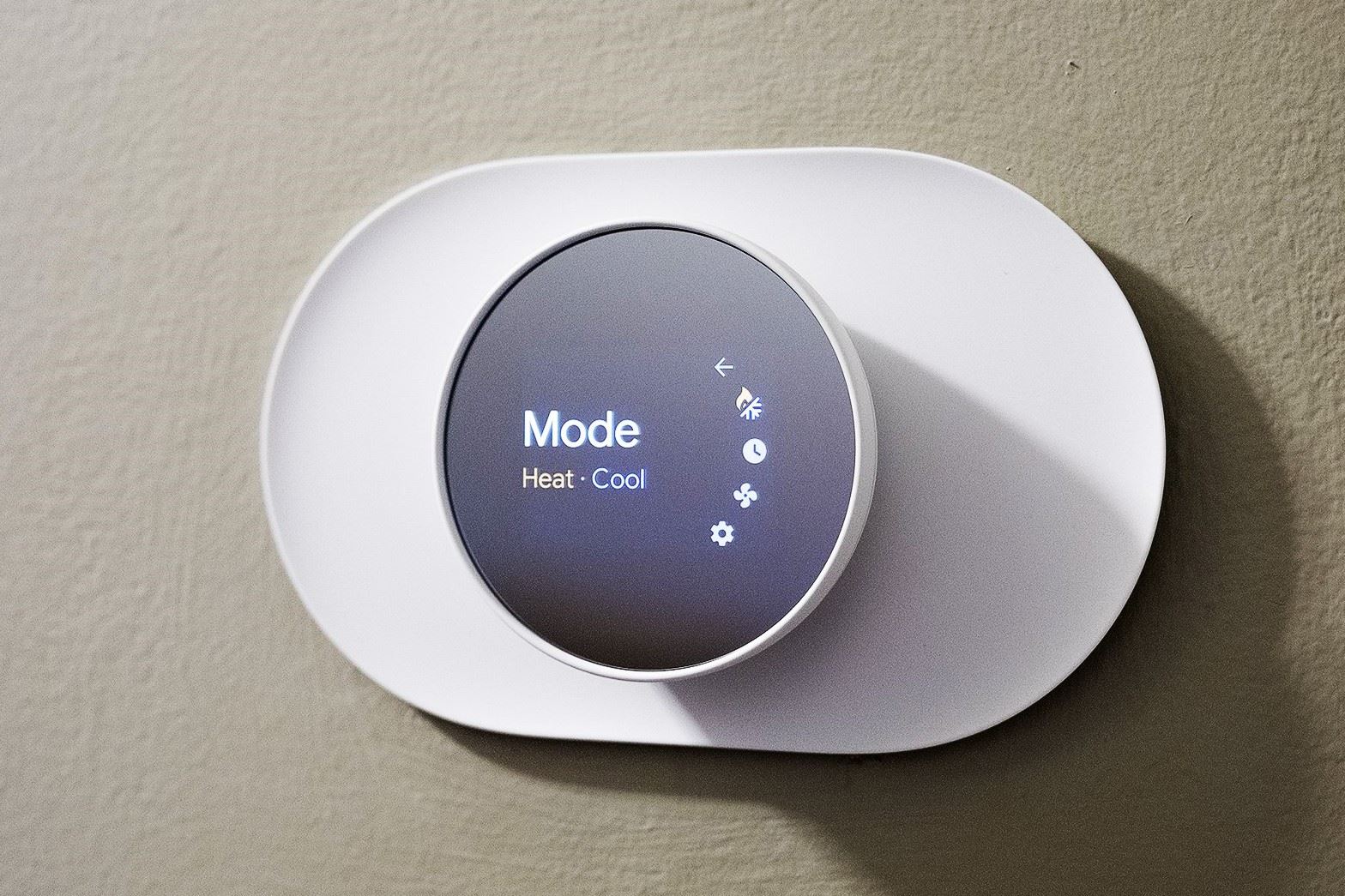
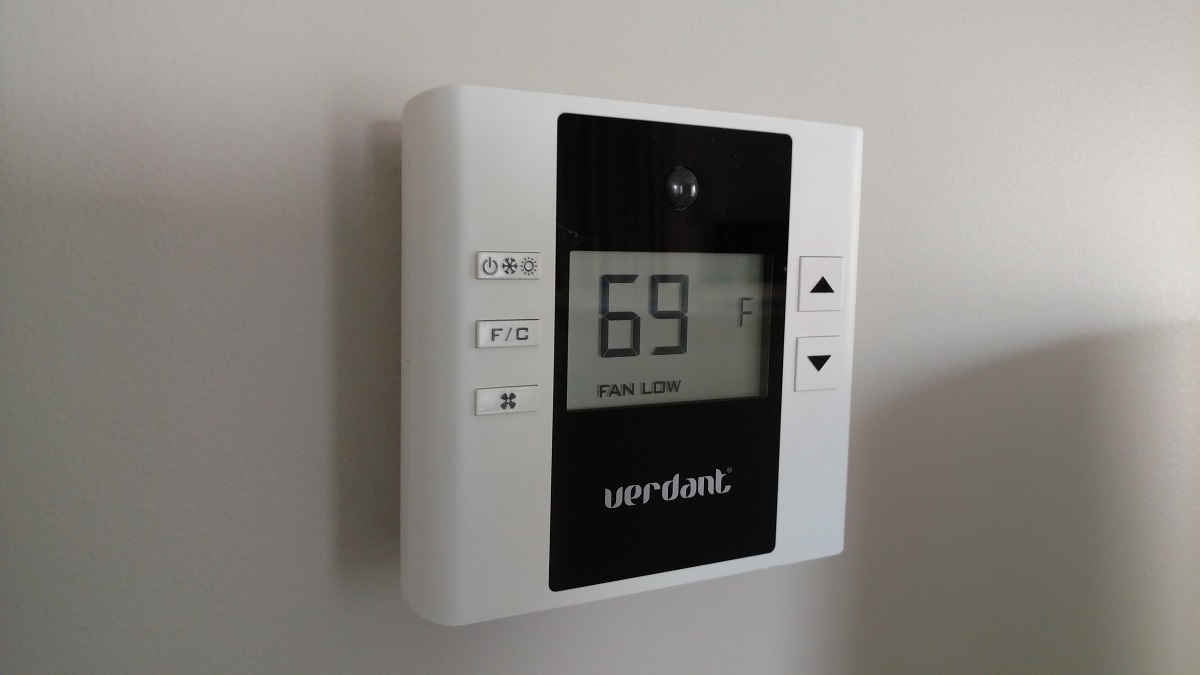
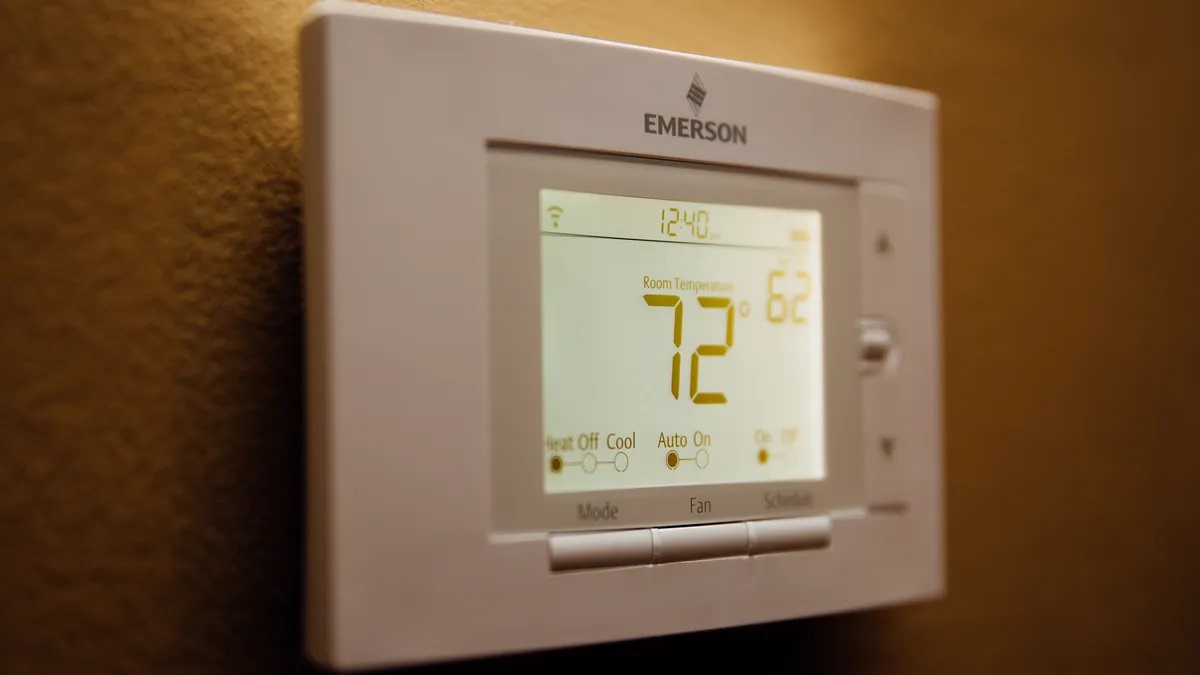
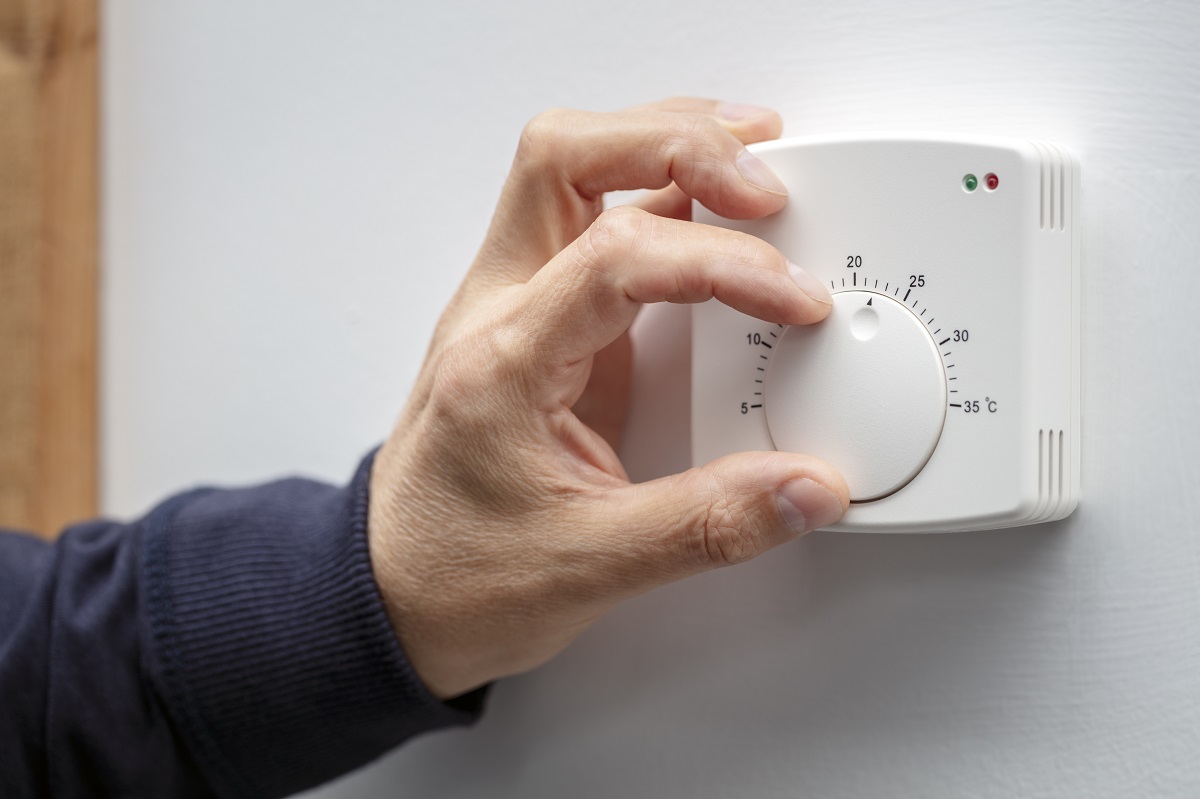
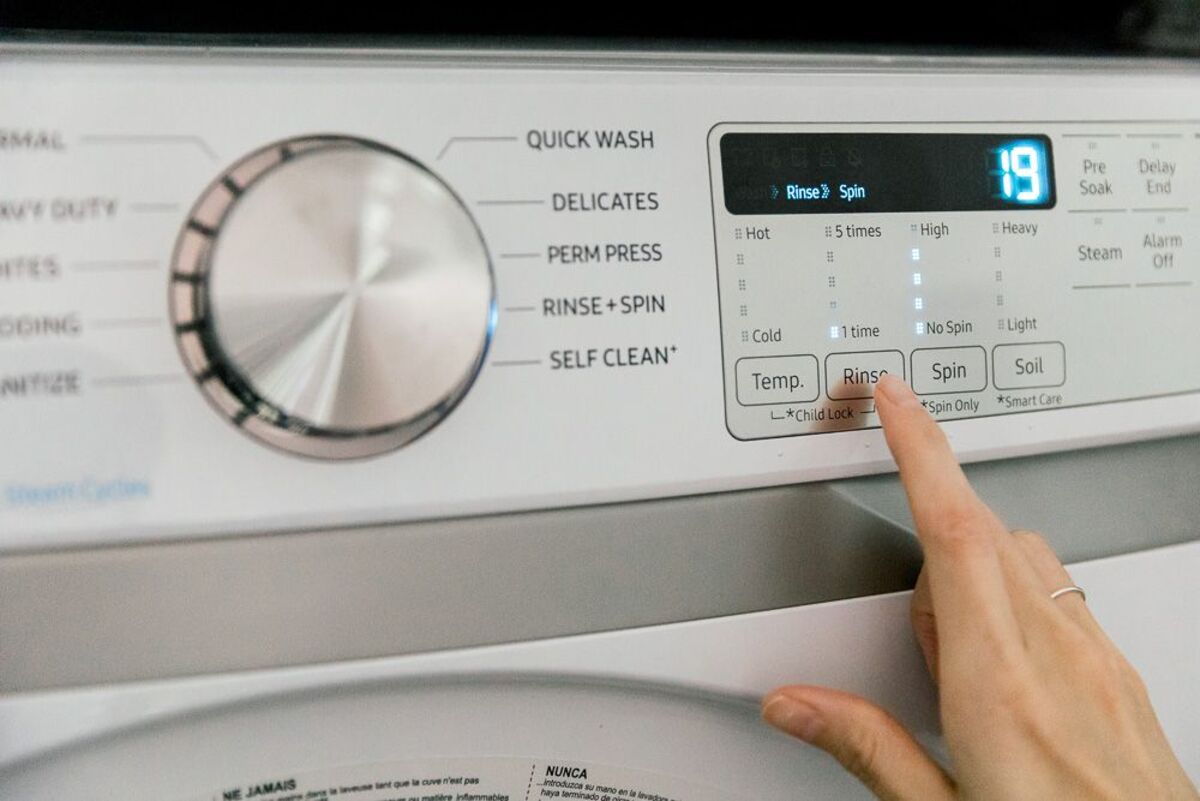
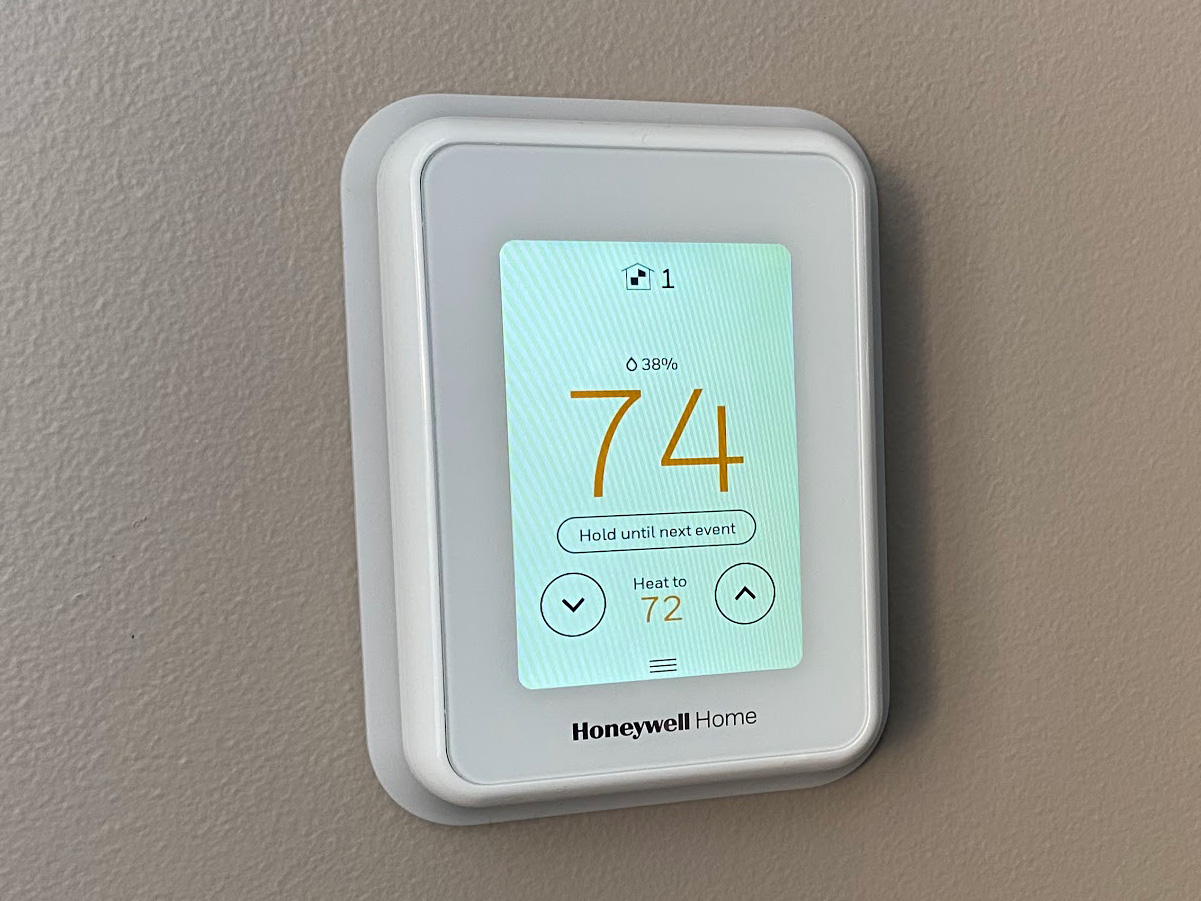

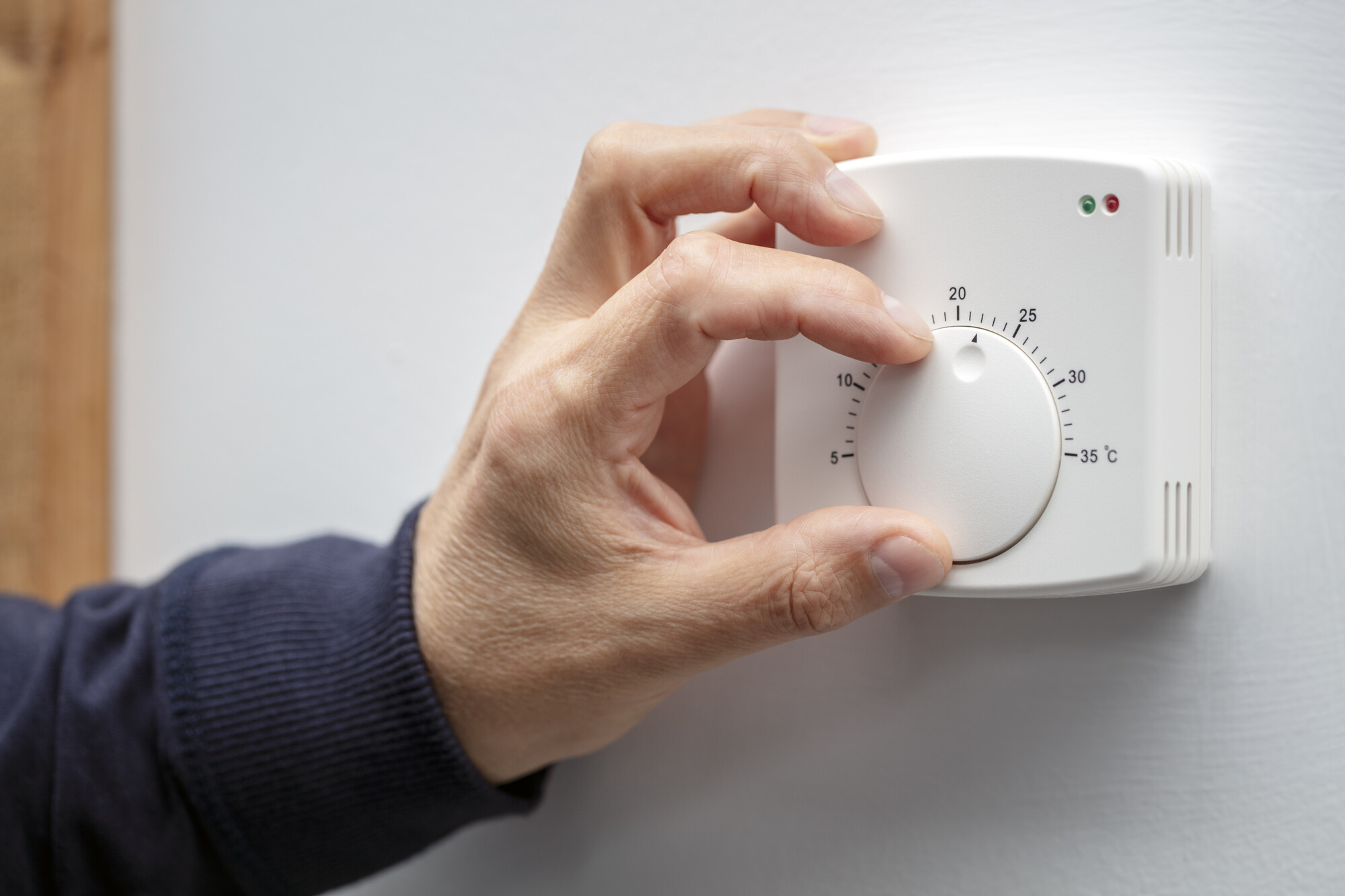
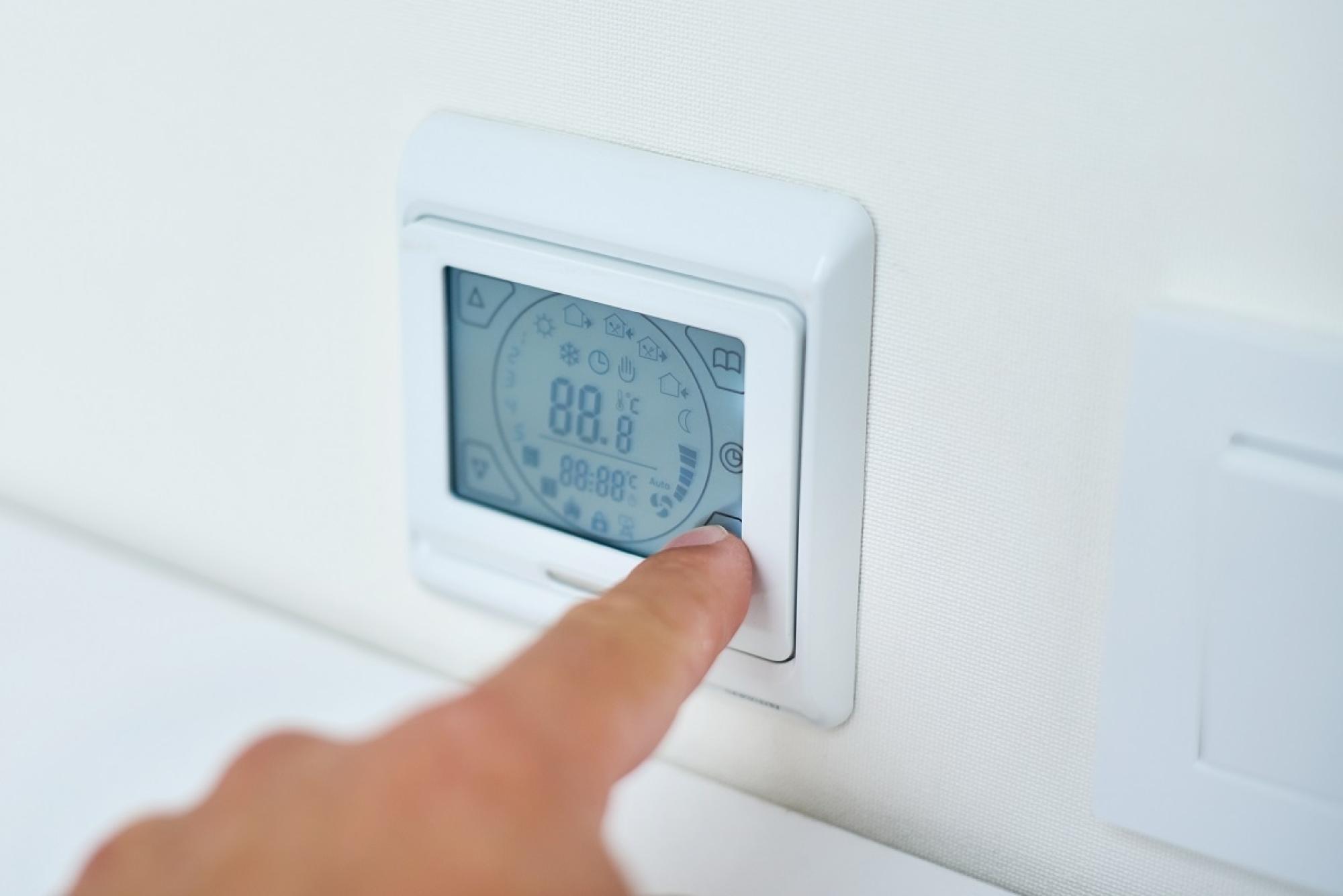






0 thoughts on “How Does The Thermostat Know The Temperature”